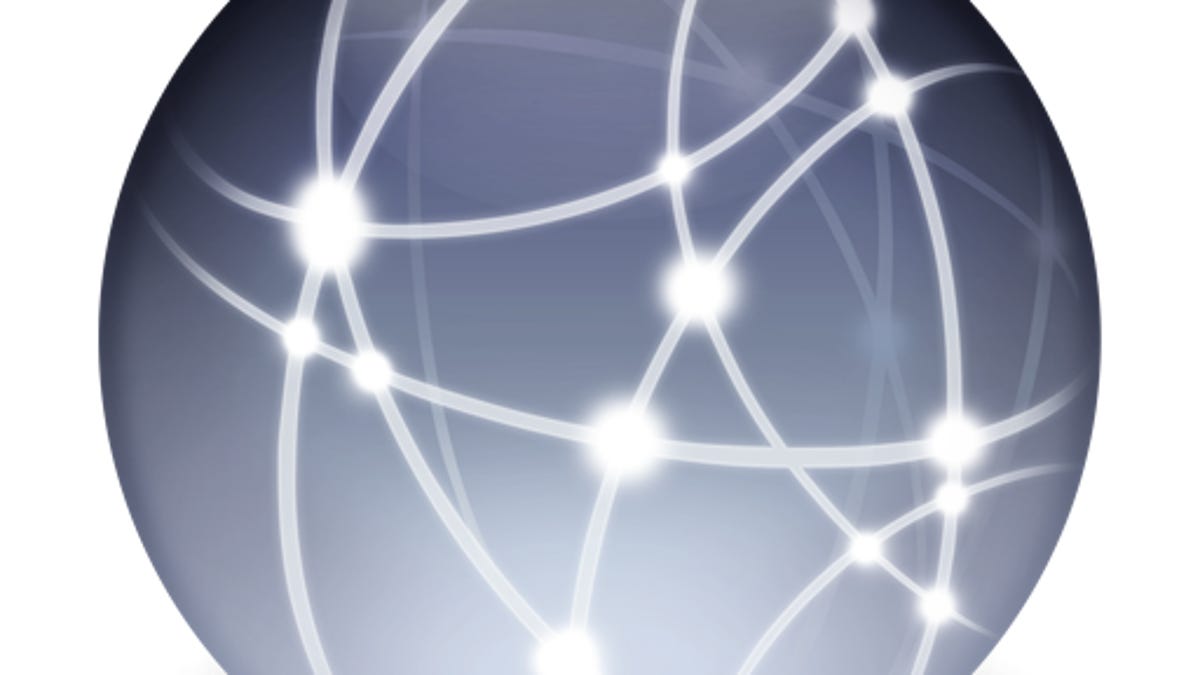OS X Mavericks switches to SMB2 networking
Apple will be replacing its longstanding AFP networking technology with SMB2 as the default networking protocol in OS X Mavericks.

The Apple Filing Protocol (AFP) was Apple's default networking protocol in the classic Mac OS as well as in OS X, but it has fallen out of favor with the advent of SMB2 in the upcoming OS X Mavericks.
Server Message Block (SMB) is a file transfer protocol that has been the main networking protocol for Windows-based systems. Having different default protocols has made the use of both Windows and Mac systems on the same network frustrating, since until Apple introduced native SMB support in OS X, users had to rely on third-party SMB support for sharing files with Windows systems.
Apple's inclusion of Windows networking options in OS X has been a great addition to the operating system, but until now it has taken second place to Apple's own AFP protocol. In OS X Mavericks, however, Apple will be including the newer SMB2 protocol as the default protocol for sharing files, so even if you are connecting two Macs running OS X Maverick or later, unless you specify to use AFP, they will use SMB2.
In its updated OS X Core Technology Overview, Apple claims that its reasons for doing so are efficiency, security, and compatibility with other operating systems.
SMB2 offers resource compounding, where the technology lumps multiple requests together, thereby reducing networking overhead. This results in far faster data transfers than AFP, NFS, SMB, and other contemporary networking protocols. Additionally, SMB2 makes optimal use of data caching and transparent reconnection to servers in the event of interruptions, and supports symbolic linking so aliases can point to different locations in a shared folder.
For security, Apple will be making use of SMB2's support for Extended Authentication Security using Kerberos and NTLMv2 authentication schemes.
The SMB2 protocol was initially released by Microsoft in 2006 with Windows Vista, and its use as the primary protocol in OS X will ensure greater compatibility with current Windows systems.
While Apple is transitioning to SMB2, OS X will continue to support SMB, AFP, FTP, and NFS protocols for legacy support, and will automatically switch to the most compatible protocol used by the system you are connecting to.
Questions? Comments? Have a fix? Post them below or
e-mail us!
Be sure to check us out on Twitter and the CNET Mac forums.

